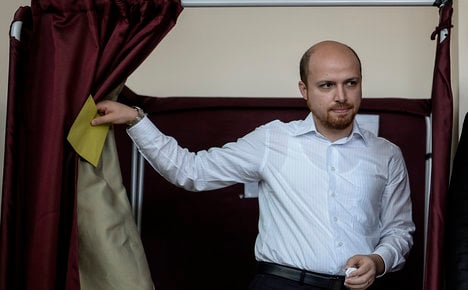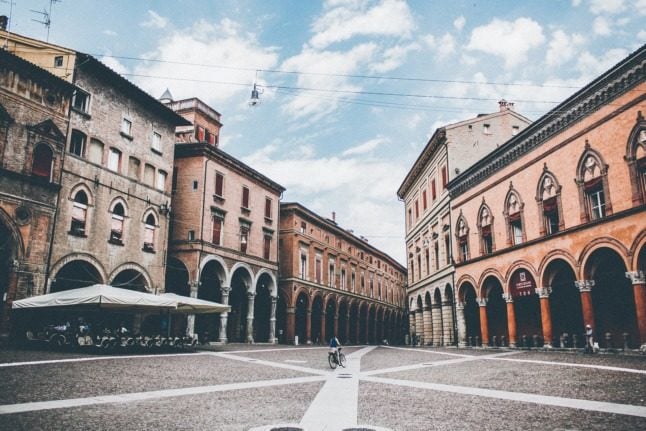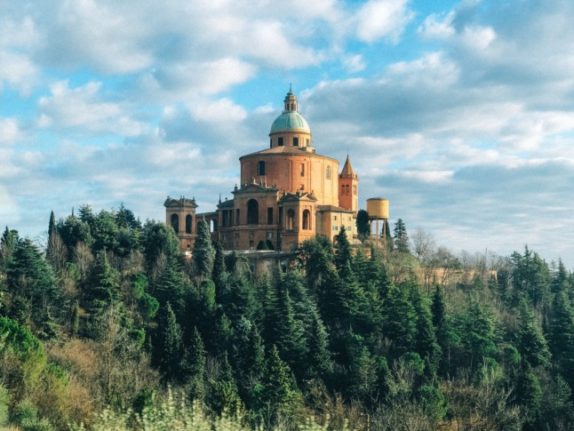Bilal was one of the main protagonists implicated in corruption allegations that exploded in December 2013 against the president's inner circle and were bitterly denied by Erdogan, then premier.
Fuat Avni, a mysterious whistleblower who has on occasion correctly predicted the authorities' moves, claimed on Twitter on Sunday that Bilal fled to Italy on September 27th in the company of armed guards.
Bilal on Wednesday denied the allegations, saying he had settled in Italy on August 30th to complete his PhD in international relations at the School of Advanced International Studies at Johns Hopkins University in Bologna.
“Only cowards flee,” Bilal told the state-run Anatolia news agency.
“How can those who tell and spread this lie about 'fleeing to Italy' look at themselves in the mirror? Maybe they can look at themselves in the mirror, but how can they look at their mothers' and fathers' faces?
“I see how people can become cruel on an issue and about a person they have never met. I feel so sorry for them,” he said.
Bilal said he planned to complete his thesis in one-and-a-half or two years and said: “After that I'll return to my country and live there until my last breath.”
Erdogan and his wife Emine have four children – eldest son Burak who is rarely seen in public, Bilal and two daughters Esra and Sumeyye.
Fuat Avni had claimed that Bilal would manage the family's bank accounts in Switzerland while in Italy.
End of the road
“Noticing that he's nearing the end of the road, (Erdogan) has ordered Bilal to 'quietly' leave the country in the company of armed guards,” Fuat Avni had written.
Erdogan will decide whether or not Bilal can return depending on the outcome of the November 1 snap election, which he called after the ruling party lost its governing majority for the first time after a June 7 poll, the Twitter user claimed.
The government has repeatedly tried to block Fuat Avni's presence on Twitter but he simply moves to another account.
In December 2013, stunning corruption allegations emerged against Erdogan and his inner circle based on bugged conversations that enthralled the country like a soap opera.
Leaked tapes emerged in February 2014 of Erdogan allegedly telling Bilal to dispose of some €30 million ($37 million) in cash. Erdogan has dismissed the recordings as a “vile montage”.




 Please whitelist us to continue reading.
Please whitelist us to continue reading.
Member comments